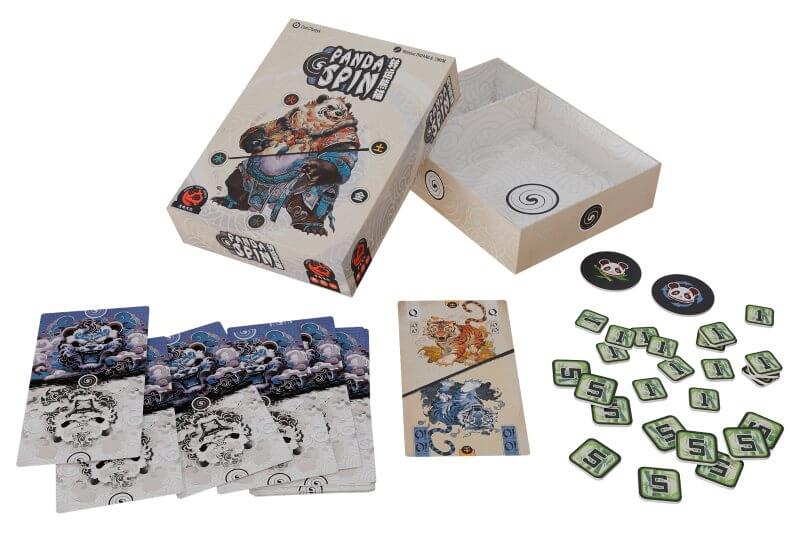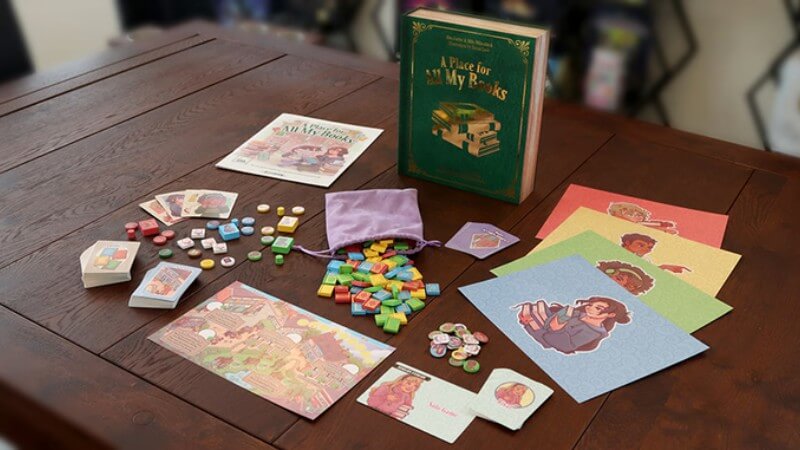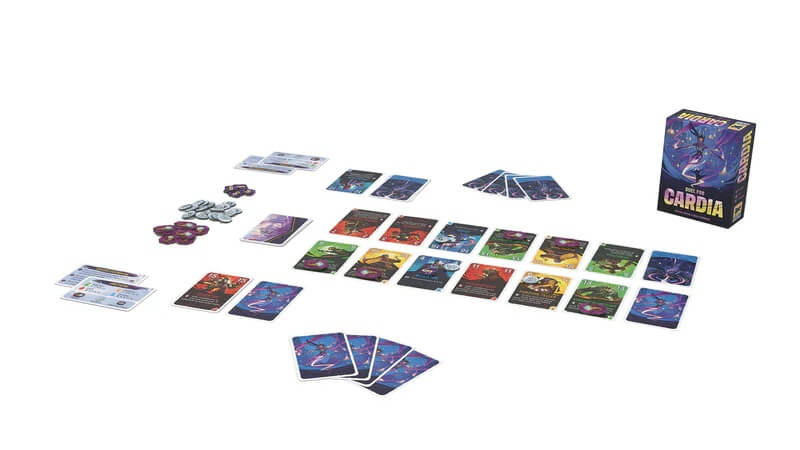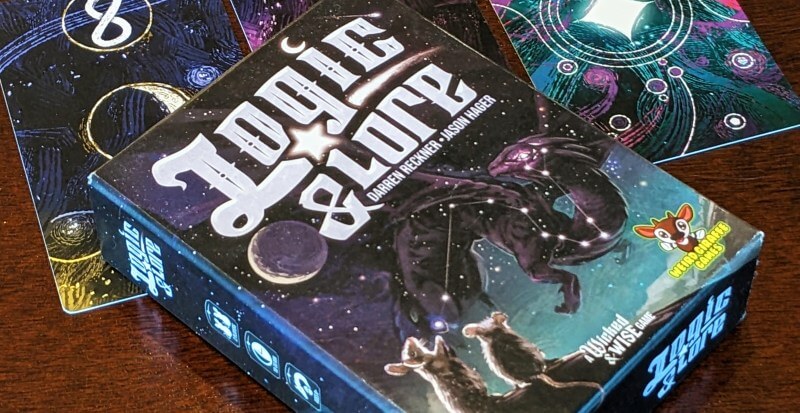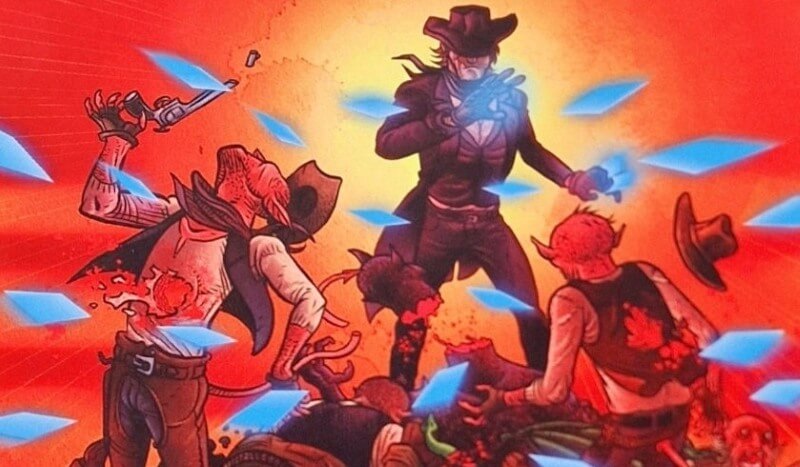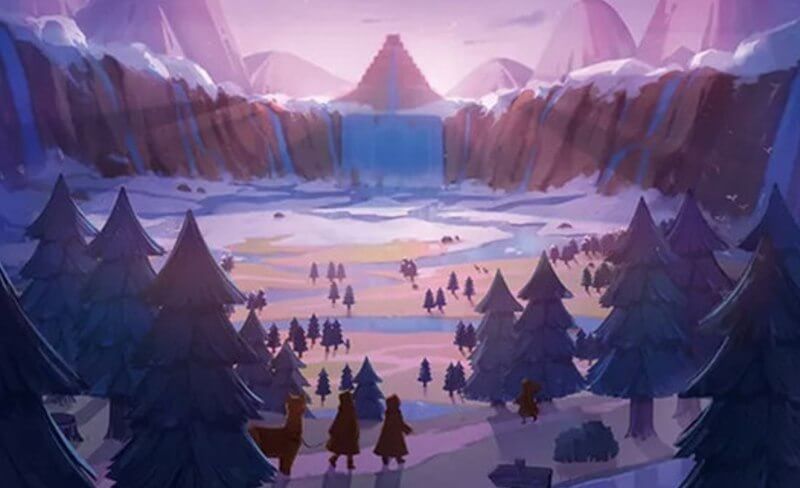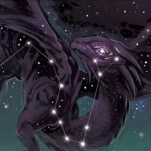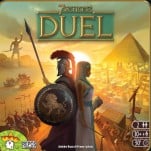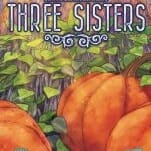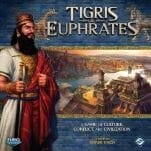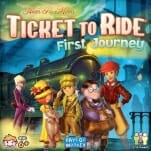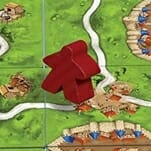The Best Board Games at Gen Con 2025

I always have a great time at Gen Con, seeing friends and acquaintances, playing new and old games, leaving the day job behind for a long weekend. But I also usually leave with more games than I can fit in my suitcases (yes, plural), and with a different sort of buyer’s remorse, the kind where I wish I’d gotten other things too. Gen Con 2025 was the first time I went to the convention and left a little empty, in both senses of the term. I didn’t play anything new that blew me away, which has never happened to me before in my eight previous times at the convention.
One of the biggest trends was that many publishers are playing it safe. It appears board gaming is headed in the direction of Hollywood, where existing IP is getting prioritized over novel content, so we had a slew of games that were just line extensions, spinoffs or sequels of existing titles, or that were based on IP from other media (mostly movies). To be clear, I’m all for seeing good games come back into print; we had several booths showing new editions of classics like Samurai and Hacienda or overlooked cult favorites like Camp Grizzly and Panic on Wall Street (now Wolf Street).
Another trend was that there is nothing else, there is only trick-taking. Everything is Spades now. There have been enough breakout hits in that space in the last few years, like The Crew, SCOUT, and Trio, that everyone’s making trick-takers now, trying to put their own spins on the genre, with cooperative ones and card-shedding ones (think UNO) and narrative-based ones and more. And there were definitely more small-box games at lower price points this year relative to the number of big-box, $60+ titles, which have long been the beating heart of Gen Con even though those games appeal to a narrower part of the market. There wasn’t a big buzz game that created huge lines when the doors to the exhibit hall opened each morning; the lines I saw were for TCGs or CCGs like Lorcana rather than for tabletop titles.
Finally, my Gen Con experience was a little different this year, as the first day of the convention fell on the MLB trade deadline, which meant it was a busy time for me at the day job. I actually left the exhibit hall to go sit in a corridor in the Indiana Convention Center and write up analyses of several of the day’s deals, went to my hotel, ordered food delivered (which I never do while traveling), and wrote for another two hours before heading back for some late-night gaming. That means I didn’t quite get to everything on my hit list this year. I blame Rob Manfred.
As usual, I’ve got my top 10 new and also new-to-me games of the convention. And tomorrow Endless Mode will have my comprehensive wrap-up of everything I saw, watched, demoed or played in my four days in Indianapolis.
Here are the 10 best board games I played at Gen Con in 2025.
10. No Loose Ends (Gamehead)

Previously published in Japan as Shut the Books, No Loose Ends is a trick-taking game with a bank heist theme, where players bid on how many tricks they’ll win, then try to win specific card values or suits to cover up those bid cards—the ‘evidence’ of their crime—so they don’t have any loose ends when the game is over. The art is appropriately noir-ish for the game and the Jim Thompson-esque title.
9. Pergola (Asmodee/Rebel)
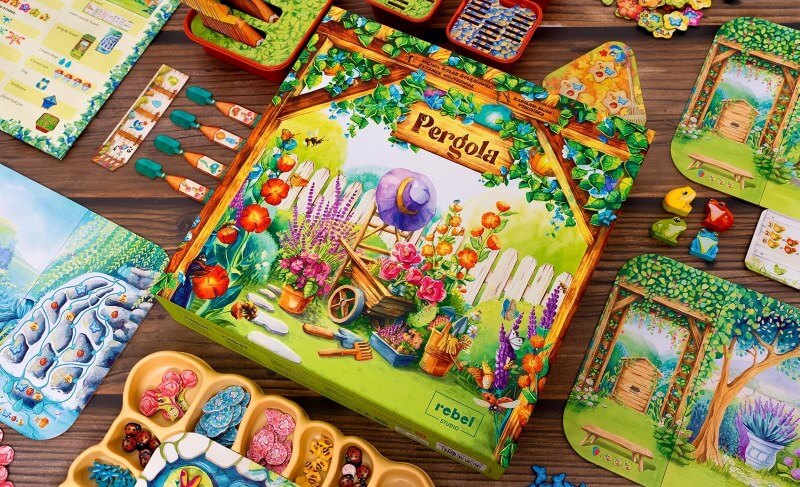
Rebel Studios published Meadow, and this game has an extremely familiar look in the art, although it’s an entirely different game. Players will collect flowers and insects to build out the prettiest pergola, with each flower and insect type (four apiece) scoring differently, and three additional mini-boards where you can move tokens to collect more flowers and insects as the game goes on. Each flower type can only take one insect type, and when you get an insect, in most cases you can only collect it, and then must later use a flutter action to fly it over to a plant. It’s very puzzly under the hood.
8. Propolis (Flatout)
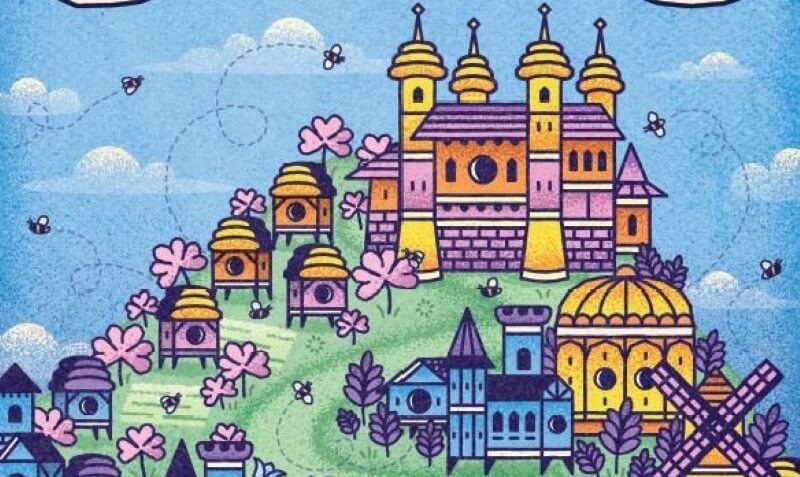
I didn’t know propolis was an actual word until I saw the title of the game, but it’s a material bees collect off tree buds and use to repair their hives. Propolis the game is indeed about bees, but invokes a little wordplay, as you’re building little bee cities of a sort, using engine-building, worker placement, and tableau-building mechanics. And it all comes in a small box, playing in under 30 minutes. I’m pretty excited for this one.
7. Citizens of the Spark (Thunderworks)
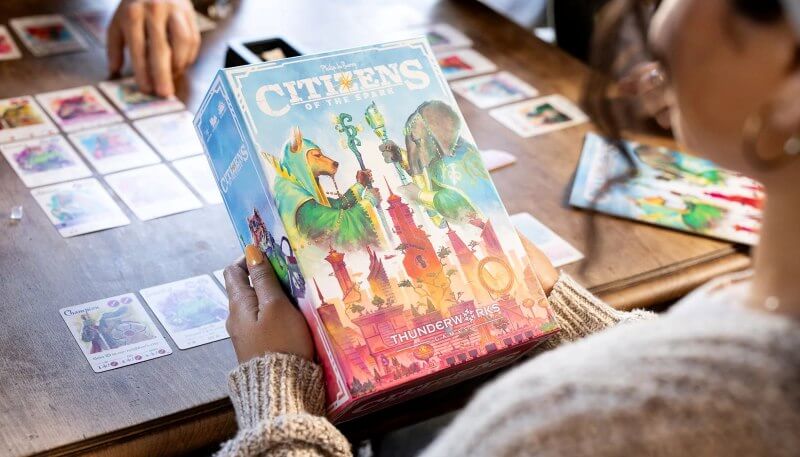
One of the few tabletop games here that generated significant buzz around the exhibit hall, Citizens of the Spark is a set collection game where you select three cards to add to your tableau on each turn, then discarding one from the tableau to activate and discard; the more cards (citizens) of that type you have in your tableau at that time, the more powerful its action becomes. It comes with 30 different citizen types, and you only use seven to 10 per game, so there are (does math) a lot of combinations.
-

-

-

-

-

-

-

-

